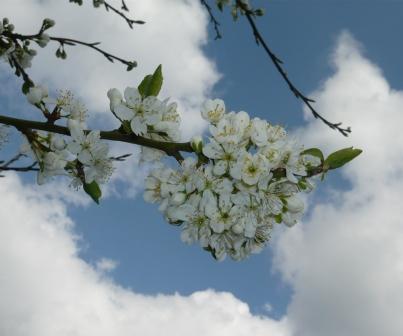Japanese Mume an Apricot or Plum
The Japanese have a long and detailed affair with fruit tree blossom. Apricots, Prunus armenaica and Plums, Prunus salicina are well known to western gardeners but what of Mumes.
What are Prunus Mume or Mumes
- The wild Mume has single white or pink flowers in February-March which cluster densely on dark brown branches.
- The flowers are intensely fragrant that has encouraged the breeding of many 100’s of cultivars throughout Asia.
- The blossom opens before the Cherry blossom season and is the harbinger of spring.
- A ‘Mume’ is a green to yellow, downy fruit with a groove running the length of the fruit from the stalk.
- Prunus mume, commonly known as ‘ume’ is also confusingly called Japanese apricot, or Chinese plum.
Uses of a Mume
- The tree is cultivated for both fruit and flowers.
- Old decorative trees are venerated and used near temples.
- Mume are grown as Bonsai to flower at the new year. Wild varieties perform best.
- The flowers are the subject of many traditional painting in Japan and Vietnam.
- The fruit is grown as a crop although it is very sour.
- In Japan the fruit is dried in the sun and preserved in salt to make a pickle.
- They can be put with sugar into strong alcohol to make a drink like cherry brandy.
Tip
Prune stone fruit like plums and apricots in summer. In winter the wounds do not heal and trees are susceptible to silver leaf and infections.
